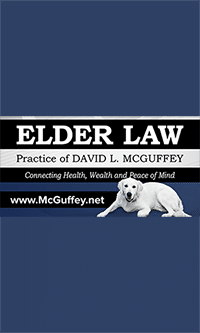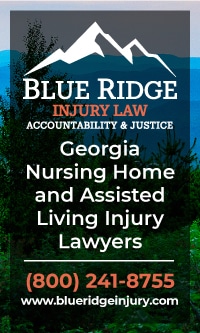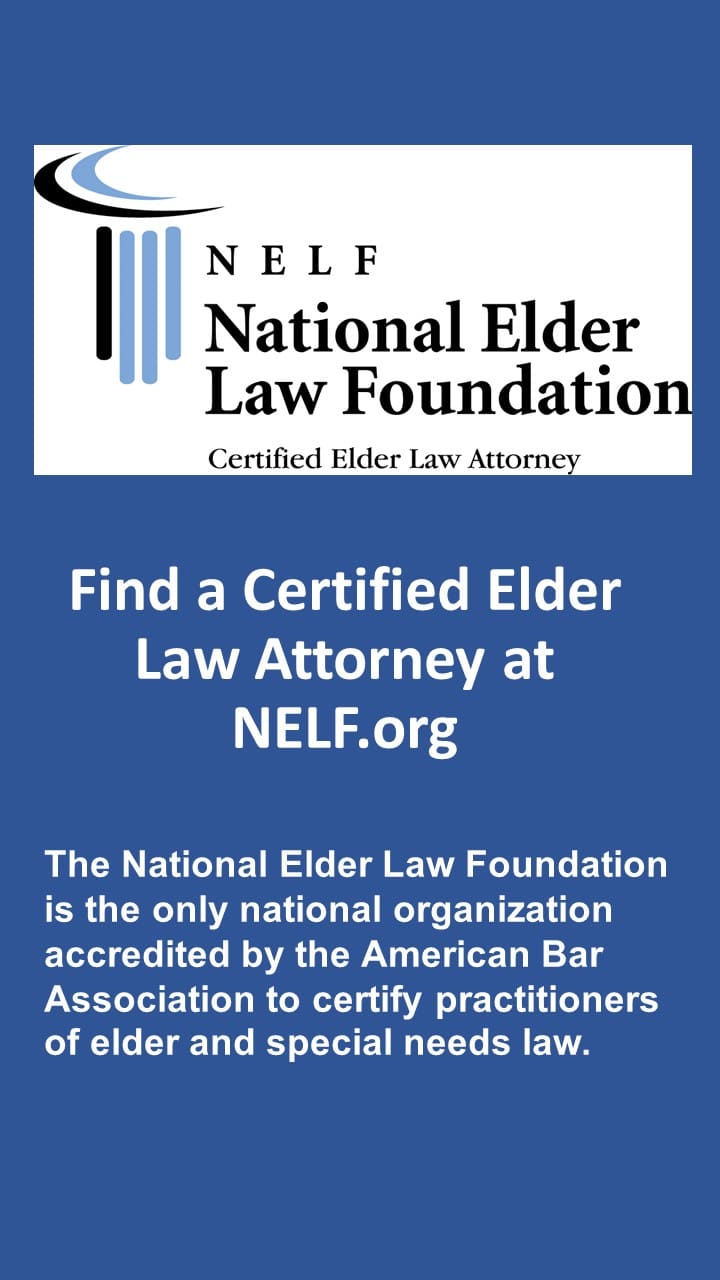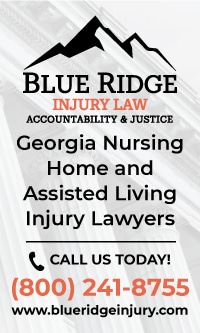Cline v. Living Ctrs. of Tex., Inc., 2007 Tex. App. LEXIS 2044 (Tex. App. 2007). Jury returned a defense verdict and Plaintiff appealed challenging two issues concerning the exclusion of evidence. Plaintiff contended it was error to exclude evidence that another resident inappropriately touched the resident, as well as evidence of subsequent similar acts. Plaintiff also argued that the trial court erred by going forward with the trial while there was an unresolved mandamus proceeding concerning discovery of documents. On appeal the court found that the judgment did not turn on the excluded evidence. The incident involving inappropriate touching was one of several alleged negligent acts heard by the jury and there was conflicting evidence that the jury resolved in favor of the defendants. Although the opinion is unclear, it appears as though one reason why the evidence was excluded was because it related to a premises liability claim that was not allowed. The court cited Diversicare Gen. Partner, Inc. v. Rubio, 185 S.W.3d 842 (Tex. 2005) as holding that Plaintiff was limited to a medical malpractice claim and could not maintain a premises liability claim against a health care provider. Appellant’s argument that the trial court erred by going forward with the trial was rejected because Defendants moved for a continuance and Appellant opposed it. Appellant could have agreed to the continuance. Appellant should not be allowed to waive, consent to or fail to complain about error at trial and then complain about it on appeal.
Freed v. Geisinger Med. Ctr., 2006 PA Super 274 (Pa. Super. Ct. 2006). Plaintiff appealed after the case was non-suited. “From November 6, 1998, to December 3, 1998, Appellant was hospitalized at GMC with spinal cord injuries …. On December 3, 1998, he was transferred to HealthSouth for rehabilitation therapy. At some point, Appellant developed pressure wounds on his buttocks and sacrum. Due to the development of an infection in the pressure wound on his sacrum, he was returned to GMC on January 10, 1999, for therapy, including surgical debridement. He remained at GMC until February 24, 1999, when he was again transferred to HealthSouth. He was discharged to home on May 10, 1999 Decided 9/29/2006.” Plaintiff filed a complaint on December 21, 2000, and an amended complaint on June 25, 2001 against GCM and HealthSouth. Jury trial commenced on September 23, 2003. Plaintiff sought an opinion from a nurse expert regarding the cause of Plaintiff’s pressure ulcers; Defendants’ objected and the trial court sustained the objection, finding that the nurse was not a doctor and was not qualified to render a medical diagnosis. The trial court denied Plaintiffs’ request to recall a physician because his proposed testimony did not possess the requisite degree of medical certainty. During Plaintiffs’ case in chief, portions of depositions given by a physician assistant and a physician were read. Defendants then moved for non-suit and the trial court granted that motion finding that Plaintiffs did not prove a prima facie case because they showed no causal connection between a breach in the standard of care and the development or worsening of pressure ulcers. On appeal, the court found that the trial court committed error by refusing to allow the nurse expert to testify on causation. In Pennsylvania, “to qualify as an expert witness, one must only possess more expertise than is within the ordinary range of training, knowledge, intelligence, or experience.” Reviewing the nurses’ education and experience, which included a Bachelor’s degree in nursing and experience in a hospital and other private facilities providing wound care, the court determined that she was qualified to testify not only on the standard of care, but on causation as well. The trial court did not abuse its discretion in refusing to allow Plaintiff to recall the physician because his proposed testimony did not link the breach in care to causation with reasonable certainty. The depositions Plaintiff read did not supply causation. Due to the court’s refusal to allow the nurse’s testimony, the care was reversed and remanded for trial. Decided: September 29, 2006.
Hall v. Episcopal Hosp. Corp., 2007 Phila. Ct. Com. Pl. LEXIS 38 (Phila. Com. P. LEXIS 2007). Defendant Barnes, an agency nurse, was found guilty in a criminal case of knowingly, intentionally and recklessly causing injury to a nursing home resident by cutting her feeding tube. The remaining Defendants in a civil case filed a Motion for Issue Preclusion against Barnes, seeking a conclusive determination that Barnes intentionally and surreptitiously cut the resident’s PEG tube. Plaintiffs, in responded, argued that Barnes was only convicted of neglect of person and that other charges were withdrawn. The Defendants presented no evidence to the trial court that Barnes’ conduct was surreptitious. The trial court denied their motion and, with permission, they appealed. On appeal, the court found that the criminal statute punishes intentional, knowing or reckless conduct and that the court could not bind the other litigants as Defendant requested without speculating as to whether the factfinder found intent or negligence. The trial court was affirmed. Decided: February 6, 2007.
In re Crestcare Nursing & Rehab. Ctr., 2006 Tex. App. LEXIS 1436 (Tex. App. 2006). Plaintiff served a request to produce for the nursing home’s personnel files. The nursing home objected, contending they included confidential information and introduced the administrator’s affidavit to that effect, arguing that the trial court must conduct an in camera examination of the documents before they were produced. The trial court indicated it would inspect specific representative documents if provided by the nursing home, but that it would not inspect the documents en masse. The nursing home declined the court’s invitation, arguing that all of the documents were confidential and therefore privileged. On appeal, the nursing home argued that the court had a duty to inspect all documents in camera before ordering them produced. The court of appeals rejected the nursing home’s argument; the affidavit provided by the administrator was conclusory and did not include facts that suggest any of the described information was within a constitutionally protected zone of privacy. Accordingly, the trial court did not abuse his discretion in refusing to conduct an in camera inspection of the filed. Decided: February 22, 2006.
Wolf v. A+ Loving Care, Inc., 2006 Va. Cir. LEXIS 272 (Va. Cir. Ct. 2006). In this wrongful death case, the parties filed motions in limine and the following were before the court: “(1) Defendant A+’s Motion to Exclude Evidence Unrelated to the Proximate Cause of Edna Heiden’s Death; (2) Defendant A+’s Motion to Limit the Number of Plaintiff’s Expert Witnesses; and (3) Plaintiff’s Motion to Exclude from Evidence (i) two Do Not Resuscitate Orders, (ii) a Surrogate Directive Statement, (iii) Edna Heiden’s Living Will, and (iv) Edna Heiden’s Death Certificate.” The court denied Defendants’ motion to exclude evidence of pressure ulcers, dehydration and use of a Foley catheter even though it was uncontroverted that patient died of malnutrition because the evidence might be relevant for other purposes. The court denied Defendants’ motion to limit the number of Plaintiffs’ experts, but required Plaintiff to identify the experts it intends to call by 5pm on January 17, 2007. The court denied Plaintiffs’ motion to exclude DNRs, surrogate directives and a living will where Defendant argued it might be relevant to show that death was anticipated rather than caused by Defendants’ negligence and directed Plaintiffs to make their objections at trial. The court denied Plaintiffs’ motion to exclude the death certificate because it was prepared by her attending physician with personal knowledge of her condition, making it probative evidence as to cause of death. Decided: December 28, 2006.
Riverside Hosp., Inc. v. Johnson, 272 Va. 518 (Va. 2006). In this hospital fall case, after a jury returned a verdict for the estate, Defendants appealed four evidentiary rulings. First, defendants objected to the introduction of statistical evidence consisting of bar graphs in a nursing journal article and information kept by Defendants regarding other patient fall cases. The objections were not preserved because Defendants did not object to the bar graphs when they were used and did not properly renew their objection to the evidence of other patient falls after their motion in limine was denied. Defendants objection to introduction of its orientation and nurse training materials was rejected because they were not used as private rules nor were they used to establish a standard of care, but were relied on by the Plaintiffs’ expert in formulating an opinion regarding standard of care and Defendants did not object to her reliance on those materials. The court did not err in admitted an accident report despite Defendants objection that it was subject to the peer review privilege; it was not generated by a peer review or other quality care committee; factual patient care incident information that does not contain or reflect any committee discussion or action by the committee reviewing information is not the type of information that must “necessarily be confidential” in order to allow participation in the peer or quality review assurance process. Decided: November 3, 2006.





